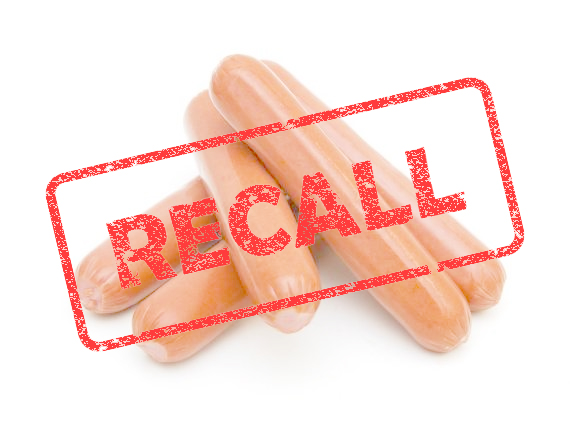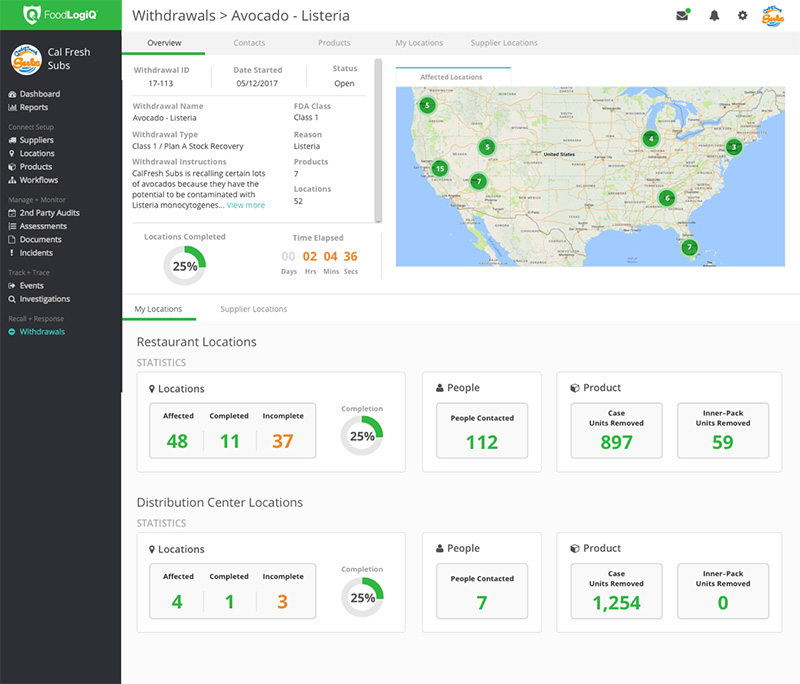With several FSMA compliance dates now in effect, much of the focus is on where companies need help. According to Kathy Gombas, former deputy director at CFSAN, the industry is struggling with FSMA training. Many companies don’t understand the FSMA rule exemptions and supply chain requirements, and they just don’t know where to start. “Industry needs affordable and timely resources,” said Gombas during a panel discussion at the Food Safety Summit earlier this month. “There are a lot of tools out there, but they’re costly.”
Efforts are underway to address these challenges. FDA has issued more than a dozen guidance documents pertaining to the rule. In addition, tools such as model plans and templates can help companies with their food safety plans, and the agency is almost ready to publish a web-based food safety plan builder that will be freely accessible on FDA’s website, according to Gombas. Several sources of technical assistance are available, including state and trade associations, academia, and the technical assistance network (TAN). However, when companies have inquiries, the key is to provide them with a response in a timely manner, said Gombas.
The Produce Safety rule is another hot spot for hurdles. Although 90% of it aligns with Good Agricultural Practices that have been in place for more than a decade, industry’s response to the rule remains one of fear and confusion, said David Gombas, former vice president of technical services for the United Fresh Produce Association. “Water testing is probably the most complicated aspect of the regulation,” he said. The rule calls for testing procedures that many produce companies never had to conduct before. Some testing must be done within a certain period of time, and the lower number of testing labs in rural areas of the United States will pose a problem for some producers, warned David Gombas.
There is also confusion among producers regarding whether they should follow the Produce Safety Rule or the Preventive Controls rule, which could significantly impact the steps they must take to be in compliance of either rule. To further complicate matters, Gombas pointed out that many foreign suppliers aren’t even aware that they have to be in compliance with the rule. Finally, the Produce Rule does provide a lot of room for flexibility, so Gombas predicts much of the responsibility will fall on the agency inspectors and how they expect rule to be met.



















